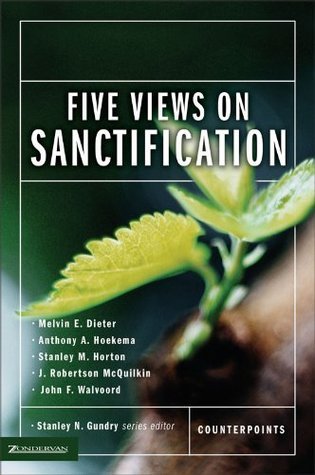What do you think?
Rate this book


Christians generally recognize the need to live a holy, or sanctified, life. But they differ on what sanctification is and how it is achieved. Five Views on Sanctification brings together in one easy-to-understand volume five major Protestant views on sanctification. Writing from a solid evangelical stance, each author describes and defends his own understanding of the doctrine, and responds as well to the views of the other authors. This book addresses such practical questions as: How does one achieve sanctification in this life? How much success in sanctification is possible? Is a crisis experience following one’s conversion normal—or necessary? If so, what kind of experience, and how is it verified? The Counterpoints series provides a forum for comparison and critique of different views on issues important to Christians. Counterpoints books address two categories: Church Life and Bible and Theology. Complete your library with other books in the Counterpoints series.
258 pages, Kindle Edition
First published April 19, 2011